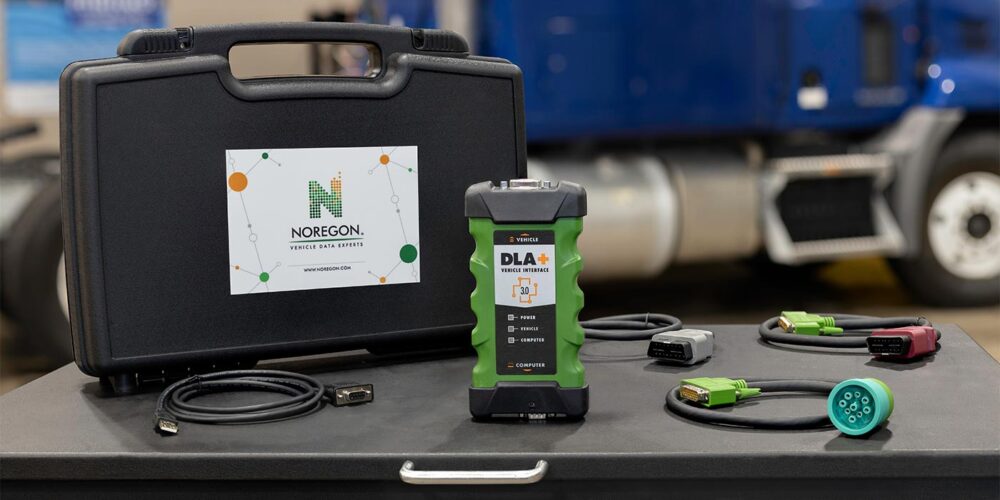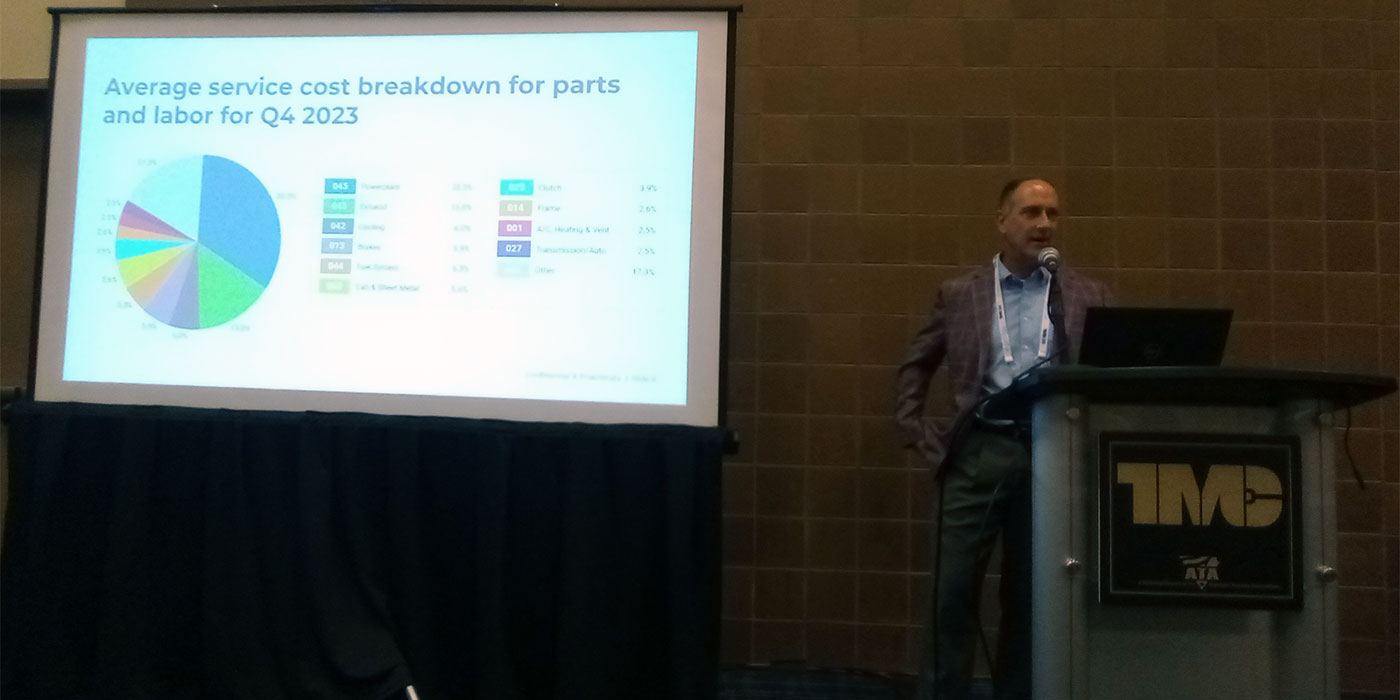Precise data: it’s one of the most important keys to running a good business, in the fleet world or elsewhere. After all, how will you know where to start improving your business if you don’t have a real sense of where the business is now?
This was the theme of a recent talk by Jacob Findlay, founder and CEO of Fullbay, a provider of shop management software, at this year’s Heavy Duty Aftermarket Week (HDAW).
Findlay made the case for proper accounting and tracking of shop metrics.
“Accounting is the language of business. You wouldn’t go into a foreign country and expect to thrive without knowing the language,” he said. “If you have bad info, you’re more likely to make bad decisions.”
It’s important to have a system like this, Findlay contends, so that you can input your goals into the system—whether that’s a decrease in non-productive time from your techs or lowering the overall cost of parts—and know exactly what you have to do to get there.
Findlay outlined the two types metrics to track: lag metrics, which represent your overall company goals—revenue, profits, etc.; and lead metrics, which are smaller things you can do to influence those lag metrics, such as adjusting your hourly rate or finding less expensive parts.
According to Findlay, here’s what you can do right now:
- First, start breaking out your revenue by type. “This gives you a clear picture of your lag metrics,” he noted.
- Second, give your team real-time scoreboards that show your lead metrics. “This will let you know what levers to pull and when,” he said.
- Third, set one to three company goals every year. A financial plan, Findlay noted, will help a lot with this.
- Fourth, do some strategic planning. “Take a look at your annual goals and come up with a few lead metrics that you can move to get you closer to the annual goals,” Findlay suggested. “Incentivize the team to reach these goals. And start holding weekly meetings with your team to review the metrics from the prior week.”
Click here to catch up on more of FE‘s coverage of Heavy Duty Aftermarket Week.














